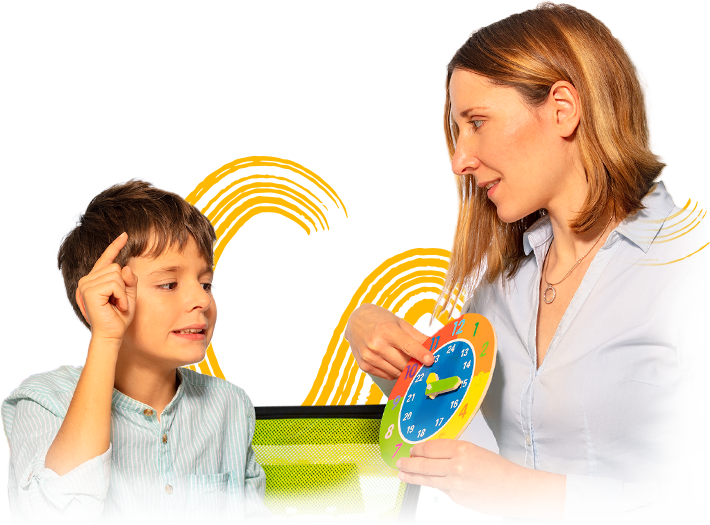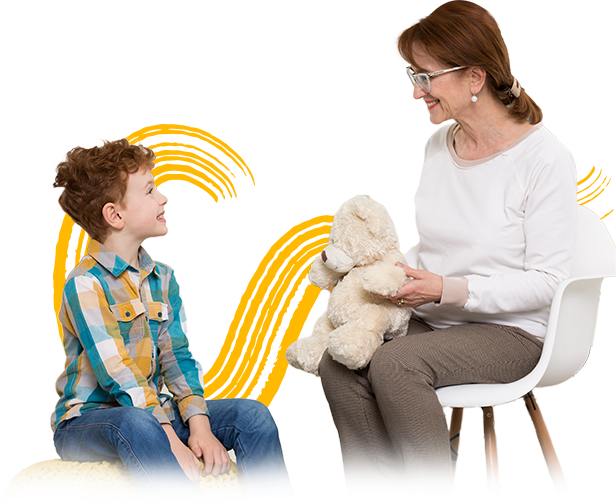
What is Applied Behavior Analysis (ABA)?
How It Works
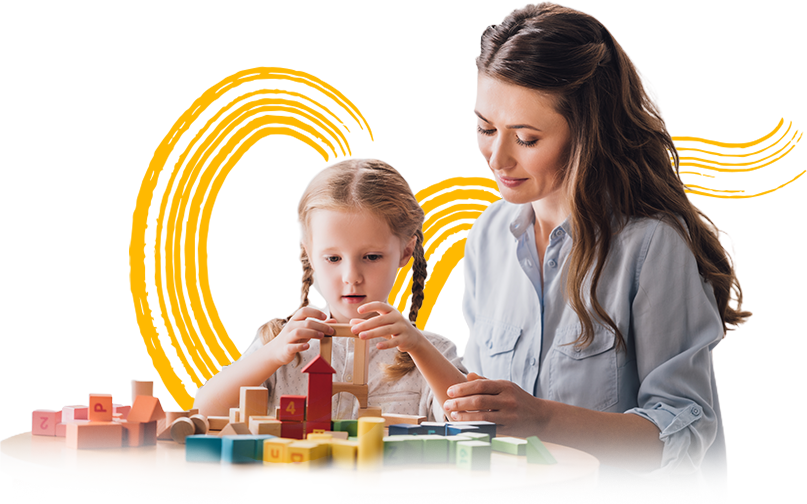
What to Expect
How does ABA Therapy Work?

Positive Reinforcement
When a behavior is followed by something that is valued (a reward), a person is more likely to repeat that behavior. Over time, this encourages positive behavior change.
First, the therapist identifies a goal behavior. Each time the person uses the behavior or skill successfully, they get a reward. The reward is meaningful to the individual –examples include praise, a toy or book, watching a video, access to playground or other location, and more. Positive rewards encourage the person to continue using the skill. Over time this leads to meaningful behavior change.
Antecedent, Behavior, Consequence
Understanding antecedents (what happens before a behavior occurs) and consequences (what happens after the behavior) is another important part of any ABA program.
The following three steps – the “A-B-Cs” – help us teach and understand behavior:
Looking at A-B-Cs Helps us Understand:
Why a behavior may be happening
How different consequences could affect whether the behavior is likely to happen again
Example:
How Could ABA Help the Student Learn a More Appropriate Behavior in this Situation?
What Does an ABA Program Involve?
Good ABA programs for autism are not “one size fits all.” ABA should not be viewed as a canned set of drills. Rather, each program is written to meet the needs of the individual learner.
The goal of any ABA program is to help each person work on skills that will help them become more independent and successful in the short term as well as in the future.
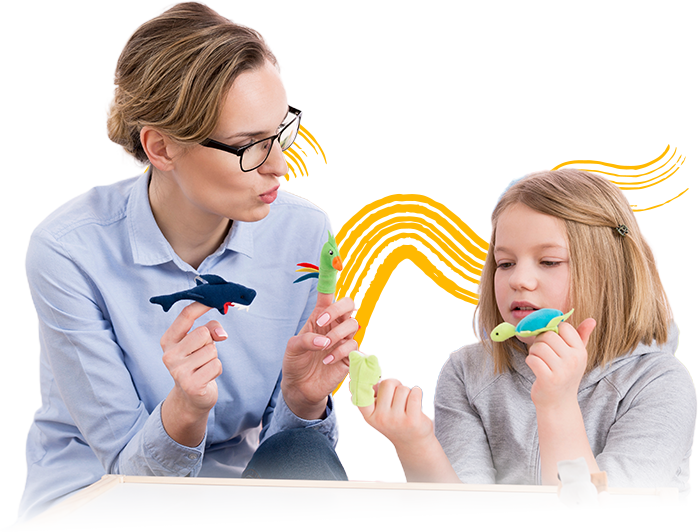
Planning and Ongoing Assessment
A qualified and trained behavior analyst (BCBA) designs and directly oversees the program. They customize the ABA program to each learner's skills, needs, interests, preferences and family situation. The BCBA will start by doing a detailed assessment of each person’s skills and preferences.
They will use this to write specific treatment goals. Family goals and preferences may be included, too.
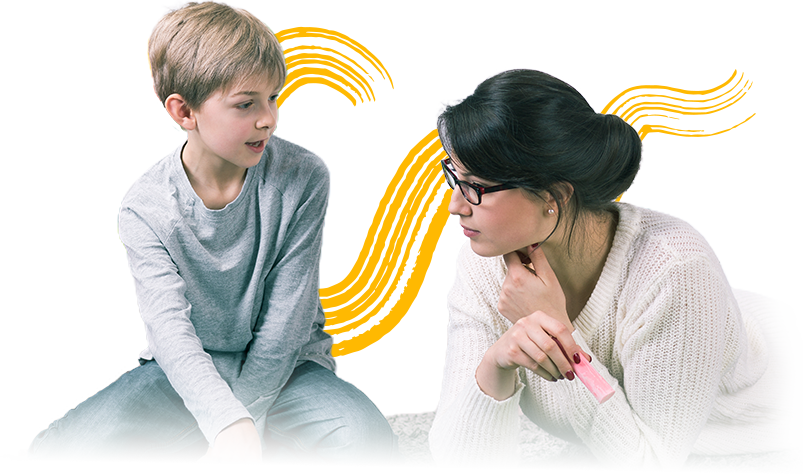
ABA Techniques and Philosophy
The instructor uses a variety of ABA procedures. Some are directed by the instructor and others are directed by the person with autism.Parents, family members and caregivers receive training so they can support learning and skill practice throughout the day.
The person with autism will have many opportunities to learn and practice skills each day. This can happen in both planned and naturally occurring situations. For instance, someone learning to greet others by saying "hello" may get the chance to practice this skill in the classroom with their teacher (planned) and on the playground at recess (naturally occurring).
The learner receives an abundance of positive reinforcement for demonstrating useful skills and socially appropriate behaviors. The emphasis is on positive social interactions and enjoyable learning. The learner receives no reinforcement for behaviors that pose harm or prevent learning.
ABA is effective for people of all ages. It can be used from early childhood through adulthood!
What Can Children Learn Through ABA?
Most of the time, ABA is intended to "extinguish" undesirable behaviors and teach desired behaviors and skills. For example, ABA may be used to reduce outbursts and tantrums or to teach a child to sit quietly, use words to make requests, or wait their turn in the playground. ABA can also be used to teach simple and complex skills. For example, ABA can be used to reward a child for brushing his teeth correctly, or for sharing a toy with a friend.
While classic ABA can be used in a "natural" setting (a playground, for example), it is not intended to build emotional or social skills. So, for example, while ABA might teach a child to shake hands or greet another person with a handshake, it won't help that child to feel an emotional connection with another person. It takes an extraordinary therapist to use ABA to teach academic content, imaginative or symbolic thinking, or empathy; as a result, those skills are usually taught in other ways.
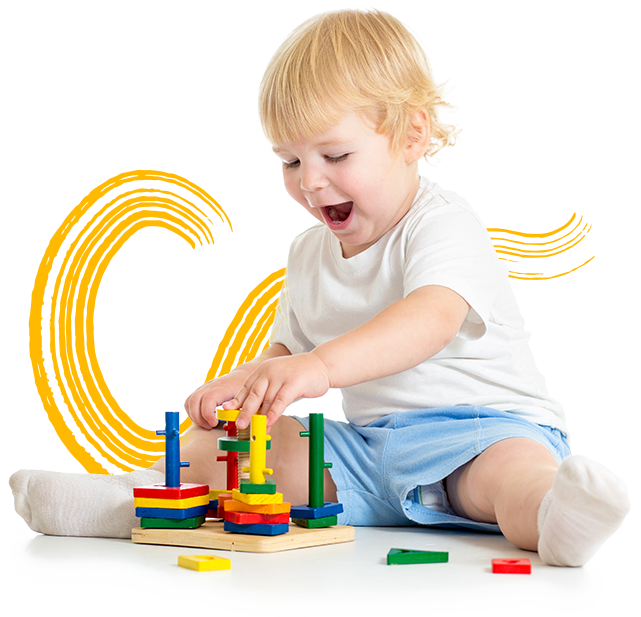
Who Provides ABA Services?
Behavior Analyst Certification Board website.
What is The Evidence That
ABA Works?

ABA is considered an evidence-based best practice treatment by the US Surgeon General and by the American Psychological Association. “Evidence based” means that ABA has passed scientific tests of its usefulness, quality, and effectiveness. ABA therapy includes many different techniques. All of these techniques focus on antecedents (what happens before a behavior occurs) and on consequences (what happens after the behavior).
More than 20 studies have established that intensive and long-term therapy using ABA principles improves outcomes for many but not all children with autism. “Intensive” and “long term” refer to .programs that provide 25 to 40 hours a week of therapy for 1 to 3 years. These studies show gains in intellectual functioning, language development, daily living skills and social functioning. Studies with adults, though fewer in number, show similar benefits.
Is ABA Covered by Insurance?
Sometimes. Many types of private health insurance are required to cover ABA services. This depends on what kind of insurance you have,and what state you live in.
All Medicaid plans must cover treatments that are medically necessary for children under the age of 21. If a doctor prescribes ABA and says it is medically necessary for your child, Medicaid must cover the cost.
Please see our insurance resourcesfor more information about insurance and coverage for autism services.
You can also contact the Autism Response Team If you have difficulty obtaining coverage, or need additional help.
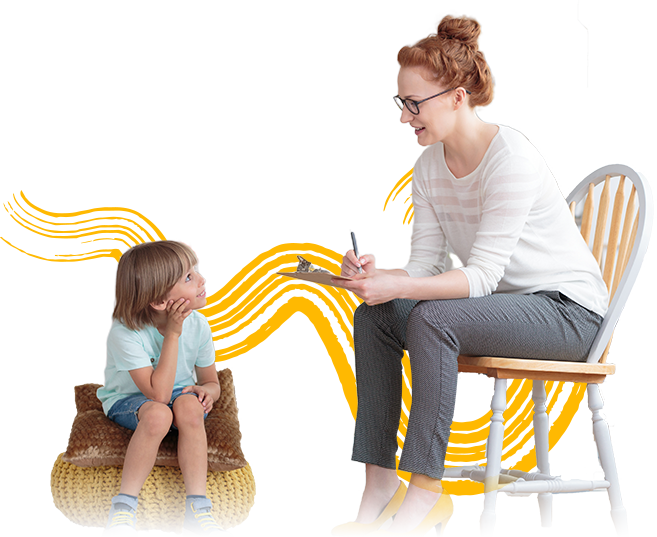
Is it Right For My Child?
What are Some of the Teaching Strategies Used in ABA?
Teachers, parents, and behavior specialists have many tools in their tool boxes. ABA includes many strategies and procedures that can be helpful. Some of the most frequently used include prompting, shaping, task analysis, functional behavior analysis/assessment, antecedent interventions, and functional communication training. Please visit the VCU-ACE website for additional resources on teaching strategies: www.vcuautismcenter.org
More time, More Progress

Can ABA Therapy be Used With Other Treatments?
When Is The Right Time For Therapy?
Most children on the autism spectrum do not focus on socially relevant information as they learn throughout the day. Typically developing children watch their peers and copy their peers throughout their waking hours. They are always learning socially relevant information. The development of language is often key to building social understanding and language development often comes easier when a child is young.
Autism treatment can begin as early as the age of one. The earlier a treatment program begins, the better equipped a child will be for life.
